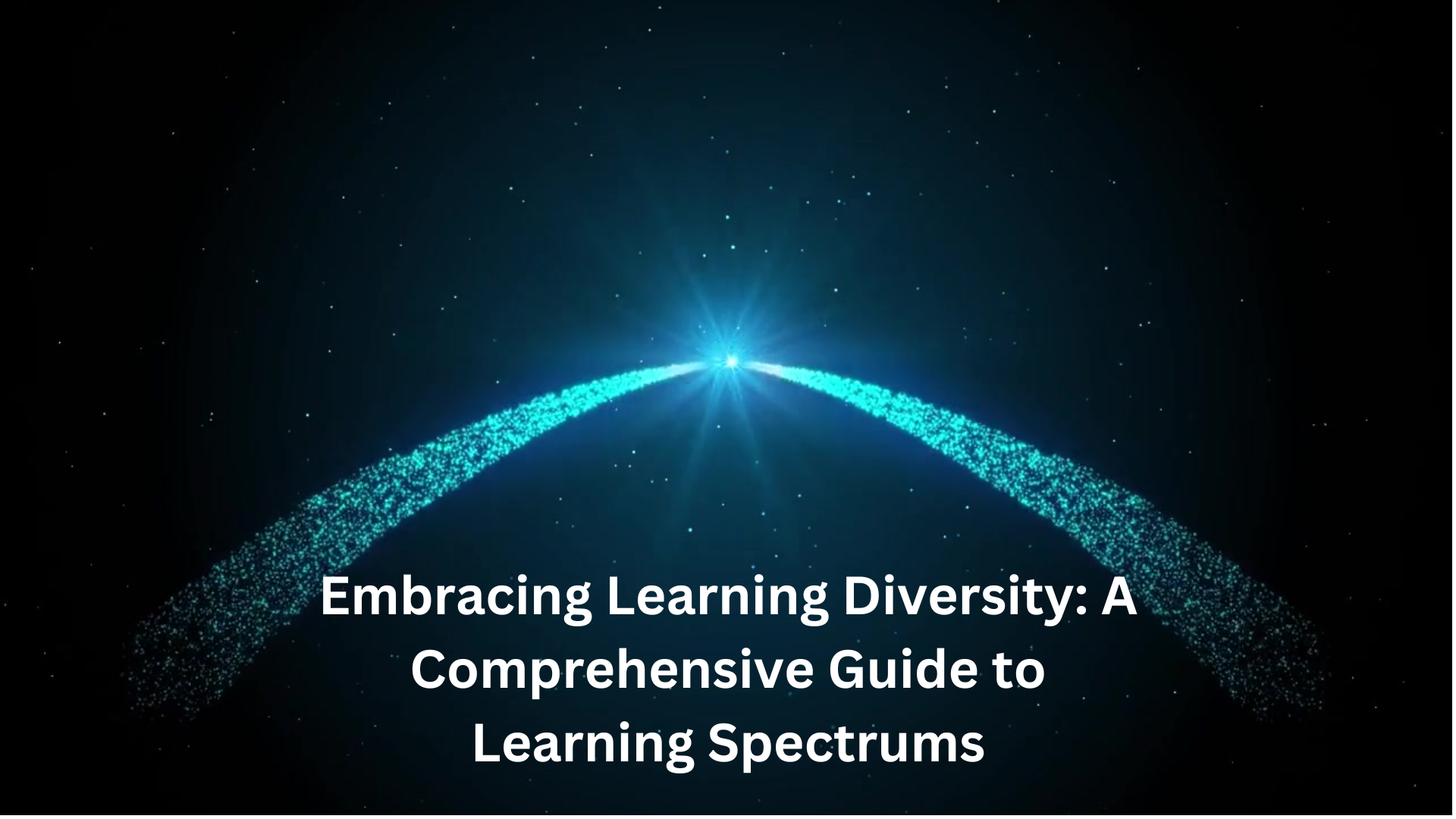Learning spectrums refer to the various dimensions along which individuals may vary in their learning preferences, styles, and processes. Here are some key learning spectrums that can help educators and learners understand the diversity of learning:
1. Visual, Auditory, and Kinesthetic (VAK) Spectrum
- Visual Learners: Prefer to see information presented through diagrams, charts, and visual aids.
- Auditory Learners: Learn best through listening, discussions, and verbal instructions.
- Kinesthetic Learners: Prefer hands-on activities and learn through movement and touch.
Unlock Your Learning Potential: Understanding and Developing Your VARK Learning Style is a practical guide to discovering how you learn best. Based on the VARK model, this book helps identify a preferred learning style and provides tailored strategies to enhance comprehension, retention, and overall academic or professional success. Whether you’re a student, educator, or lifelong learner, this resource equips you with tools to maximize your potential and make learning more effective and enjoyable.

2. Analytical vs. Global Spectrum
- Analytical Learners: Focus on details, prefer structured information, and enjoy solving problems through logical reasoning.
- Global Learners: Tend to see the big picture, connect concepts intuitively, and often prefer to learn in context rather than through isolated facts.
3. Concrete vs. Abstract Spectrum
- Concrete Learners: Prefer practical, hands-on experiences and tangible examples when learning new concepts.
- Abstract Learners: Enjoy theoretical ideas, concepts, and frameworks, often thinking about how things work in a more philosophical sense.
4. Active vs. Reflective Spectrum
- Active Learners: Prefer to engage in discussions, group work, and hands-on activities to absorb information.
- Reflective Learners: Tend to think through concepts individually, often taking time to ponder before participating in discussions or activities.
5. Sequential vs. Global Spectrum
- Sequential Learners: Prefer a linear approach to learning, mastering information in a step-by-step manner.
- Global Learners: Often take in information in a more holistic way, understanding concepts before grasping the details.

Personalized Learning Inventory: Discover Your Unique Style with the Dunn & Dunn Personalized Assessment is a comprehensive guide based on the Dunn & Dunn learning style model to help identify unique preferences—environmental, emotional, sociological, physiological, and psychological, creating a customized learning experience. Perfect for students, educators, and lifelong learners, this resource provides practical strategies to improve comprehension, retention, and overall success in any learning environment.
6. Independent vs. Collaborative Spectrum
- Independent Learners: Prefer to study and learn alone, valuing self-directed learning.
- Collaborative Learners: Thrive in group settings, enjoying interaction and shared learning experiences.
7. Introverted vs. Extraverted Spectrum
- Introverted Learners: Prefer quiet environments and may need time alone to process information.
- Extraverted Learners: Gain energy from social interactions and thrive in collaborative environments.
8. Theoretical vs. Practical Spectrum
- Theoretical Learners: Enjoy exploring concepts and theories, often prioritizing understanding over application.
- Practical Learners: Prefer to learn through real-world applications and value hands-on experience over theoretical knowledge.
Are You a Gifted Learner? Discovering and Developing Gifted Learner Traits is an insightful guide designed to help learners recognize and nurture their unique abilities- explore the characteristics of giftedness and provides practical strategies for growth. Whether you’re a student, parent, or educator, this resource empowers gifted learners to maximize their strengths, overcome challenges, and reach their full potential.

9. Goal-Oriented vs. Process-Oriented Spectrum
- Goal-Oriented Learners: Focus on achieving specific outcomes and objectives in their learning.
- Process-Oriented Learners: Value the learning journey itself and are more interested in the experience than in the end result.
10. Intrinsic vs. Extrinsic Motivation Spectrum
- Intrinsic Learners: Are motivated by personal interest, curiosity, and the joy of learning.
- Extrinsic Learners: Are motivated by external rewards such as grades, recognition, or approval from others.
Understanding these learning spectrums allows educators and learners to create more effective learning environments tailored to individual preferences and needs. By recognizing that each learner is unique, we can foster a more inclusive approach to education that honors diversity in learning styles and preferences.





Comments are closed